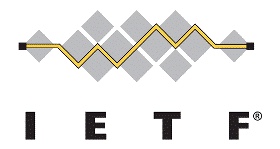
HTTP/3 promises to make Internet connections faster, more reliable, and more secure. Born as ‘HTTP over QUIC’, an effort to adapt the HTTP protocol to run on top of Google’s own transport layer protocol, QUIC, it was later proposed as an IETF standard and it is currently an Internet Draft. In October 2018, IETF HTTP & QUIC Working Groups co-chair Mark Nottingham proposed to rename HTTP over QUIC as HTTP/3 to clarify its true nature and its independence from QUIC.
QUIC is a key element of HTTP/3, since it provides the foundations for its main features. Built on top of UDP, QUIC attempts to solve the major issues experienced when using the TCP protocol, i.e., connection-establishment latency and multi-stream handling in the presence of packet loss. TCP latency issue stems from the requirements of its congestion control algorithm, which mandates for a slow start to assess how much traffic can be sent before congestion occurs.
This compounds, in HTTP/1.0, with the fact each TCP request/response exchange is assigned a new connection, thus incurring the slow-start penalty.
Source: infoq.com